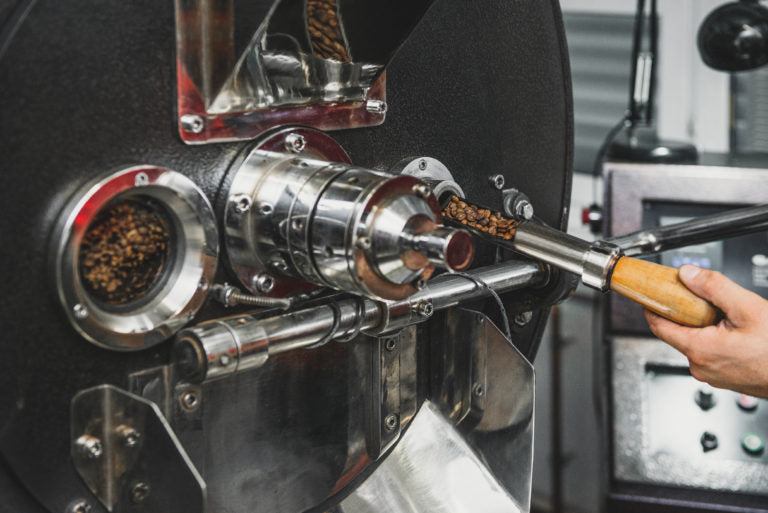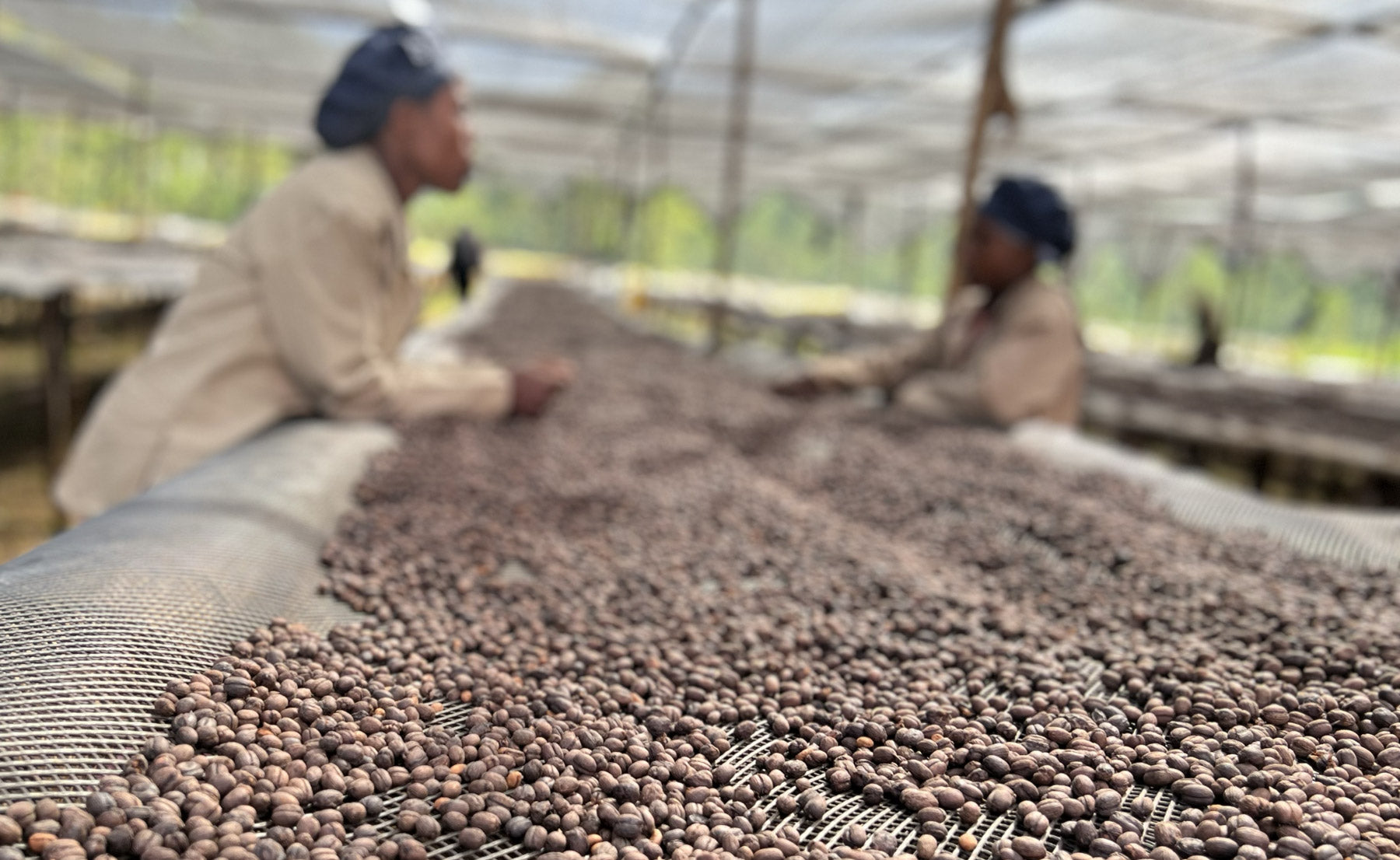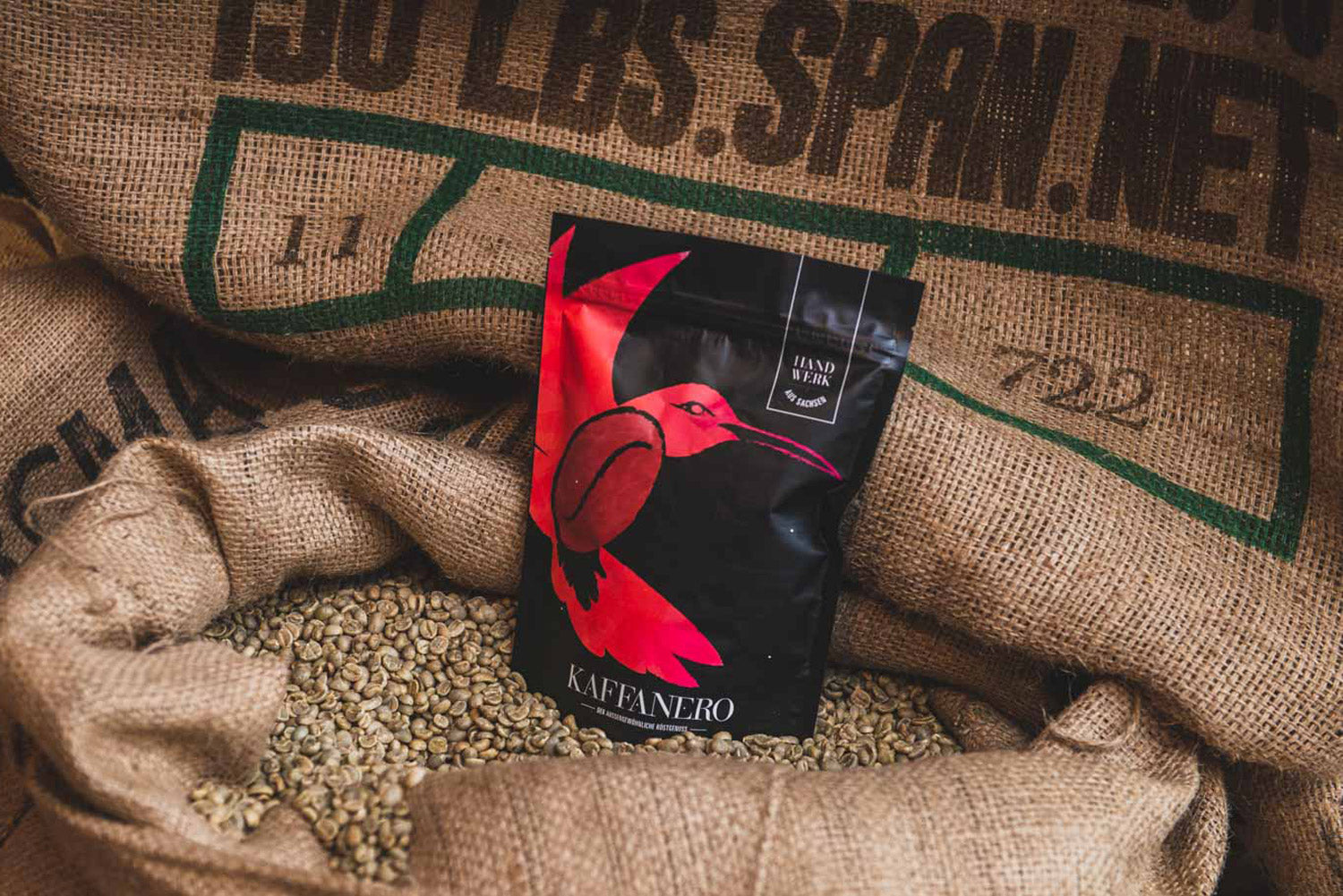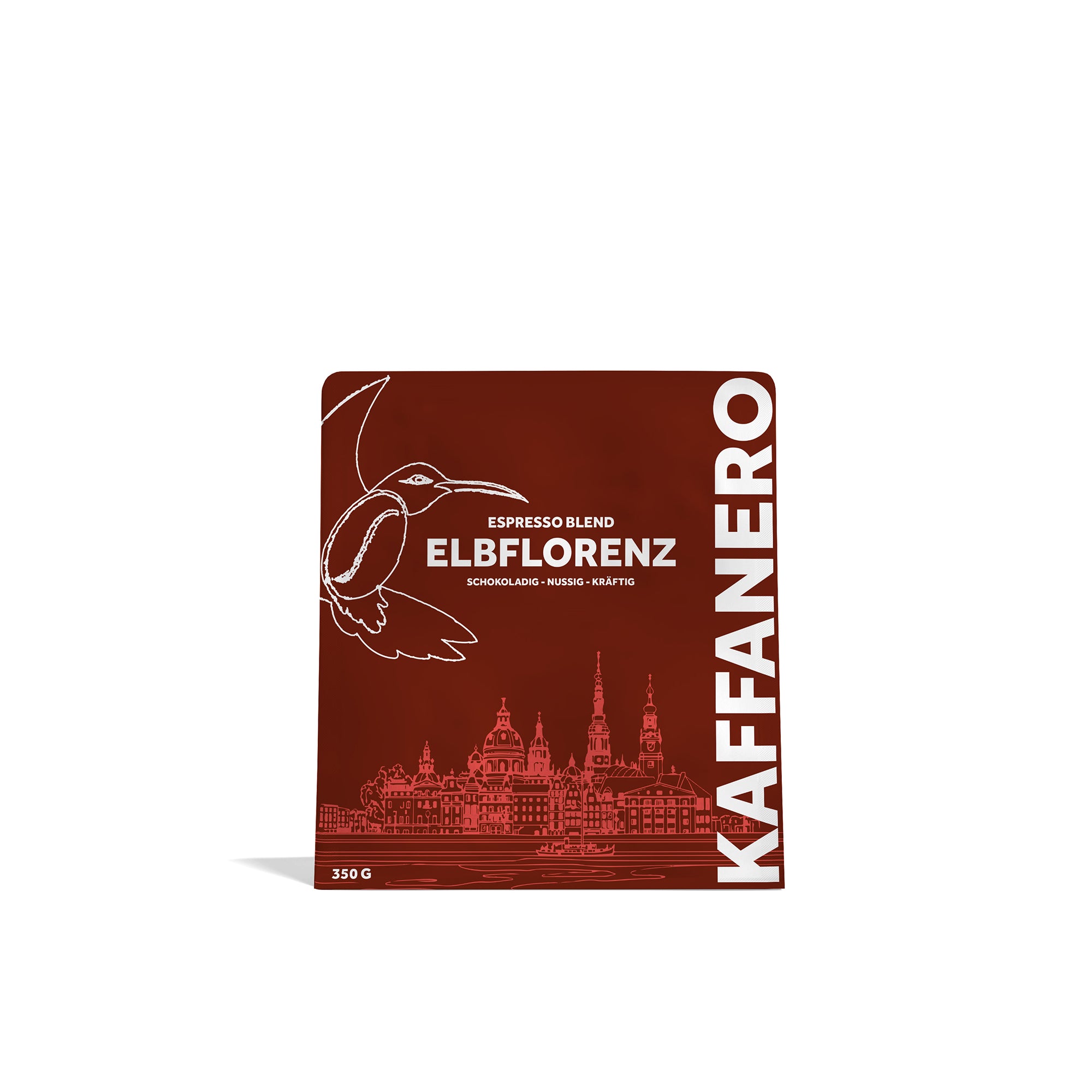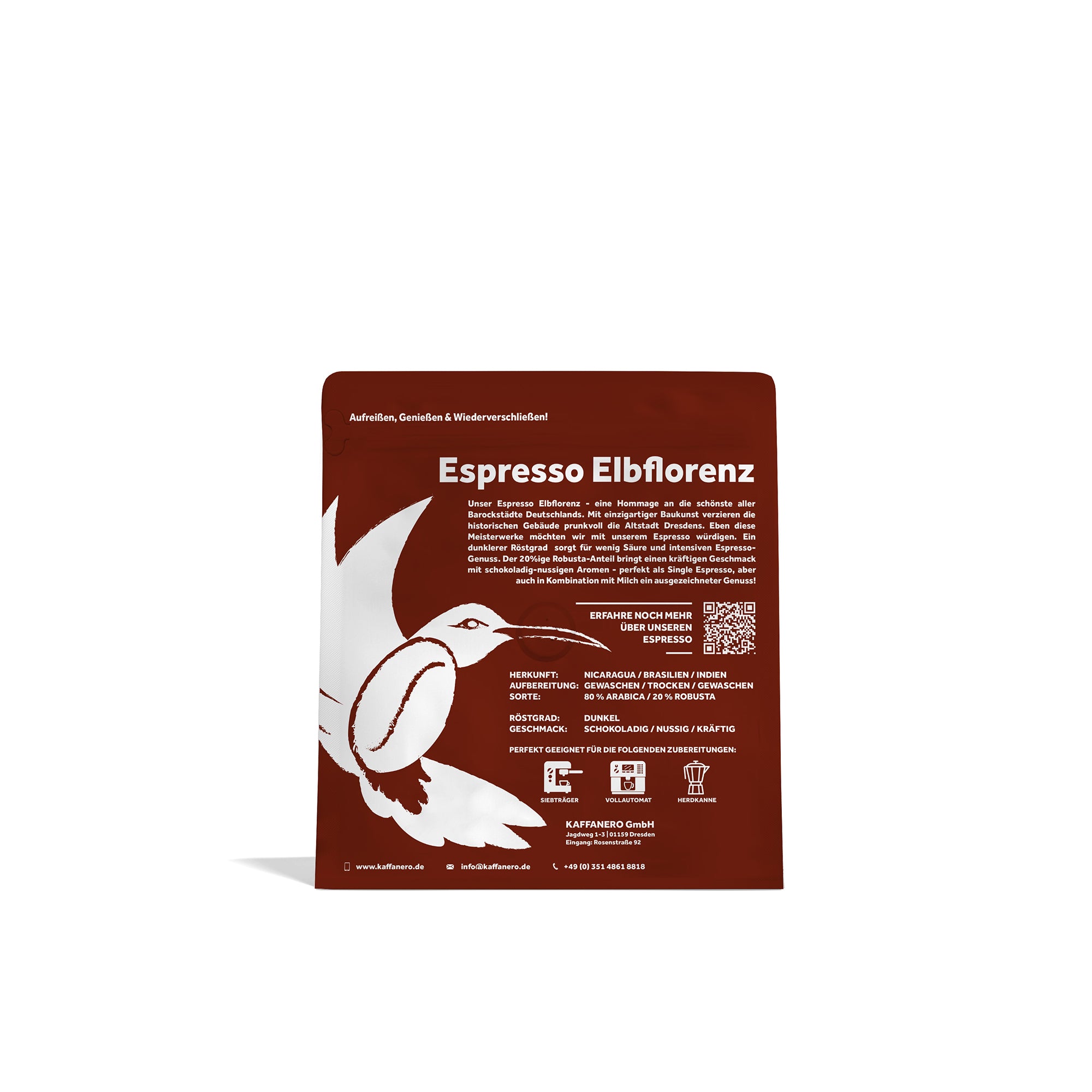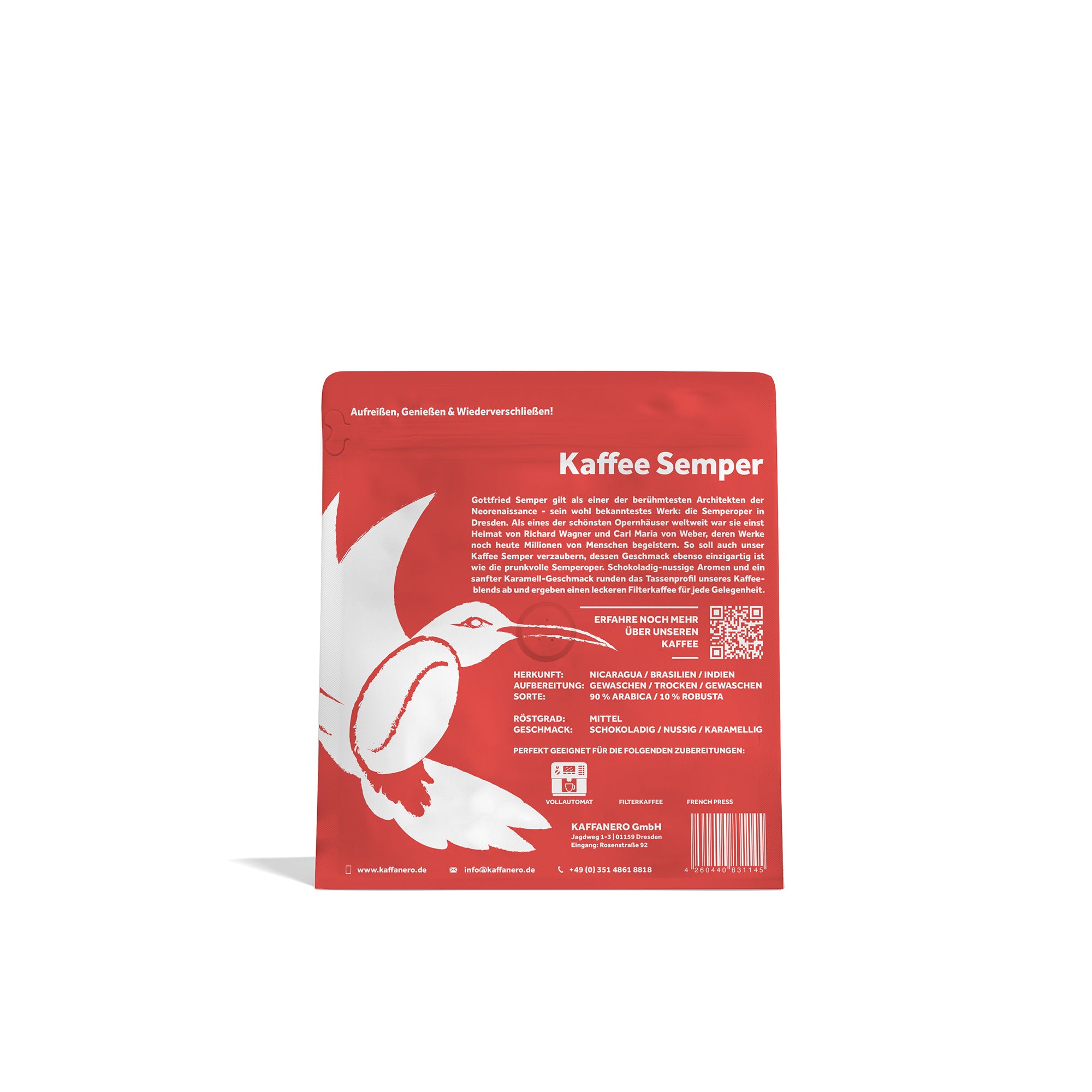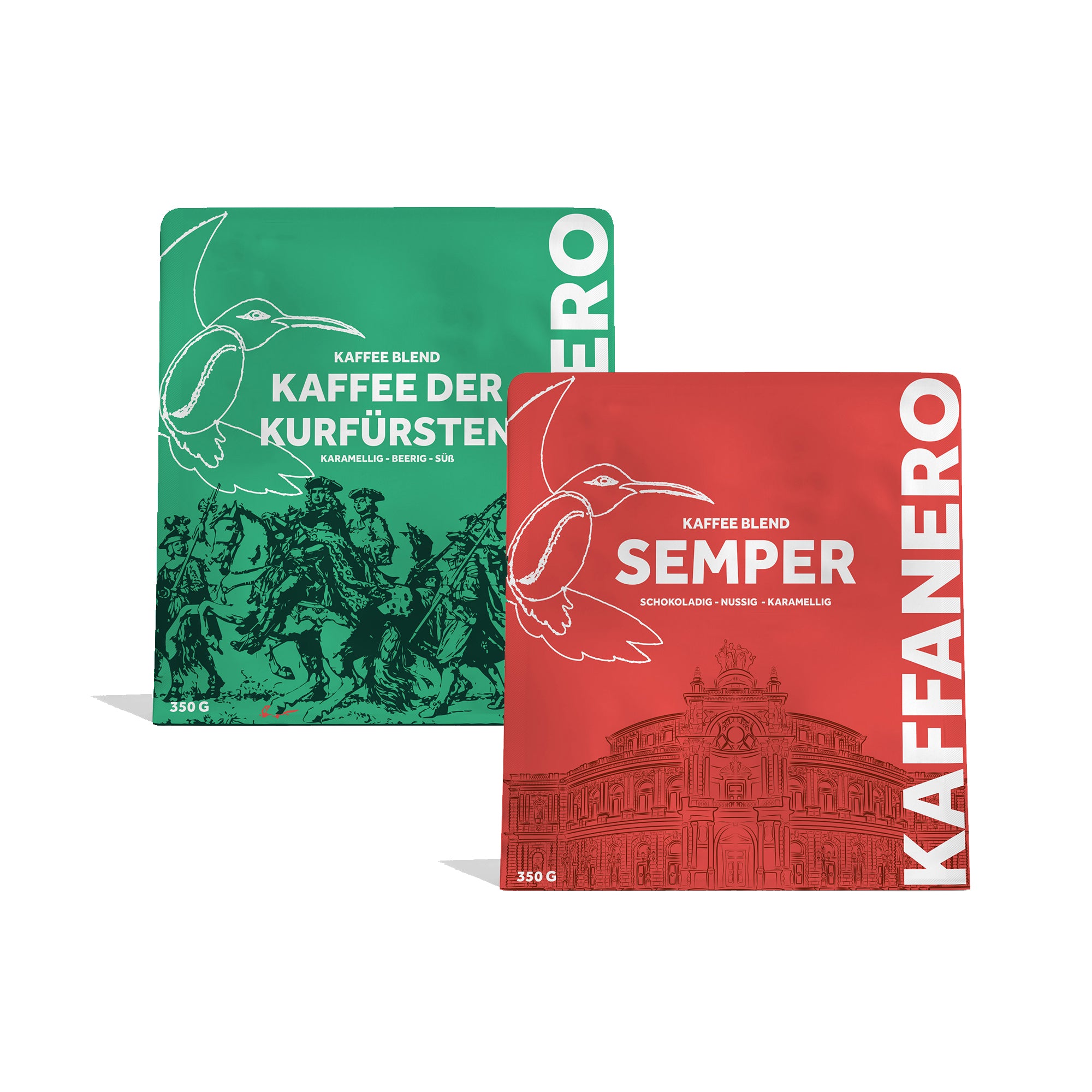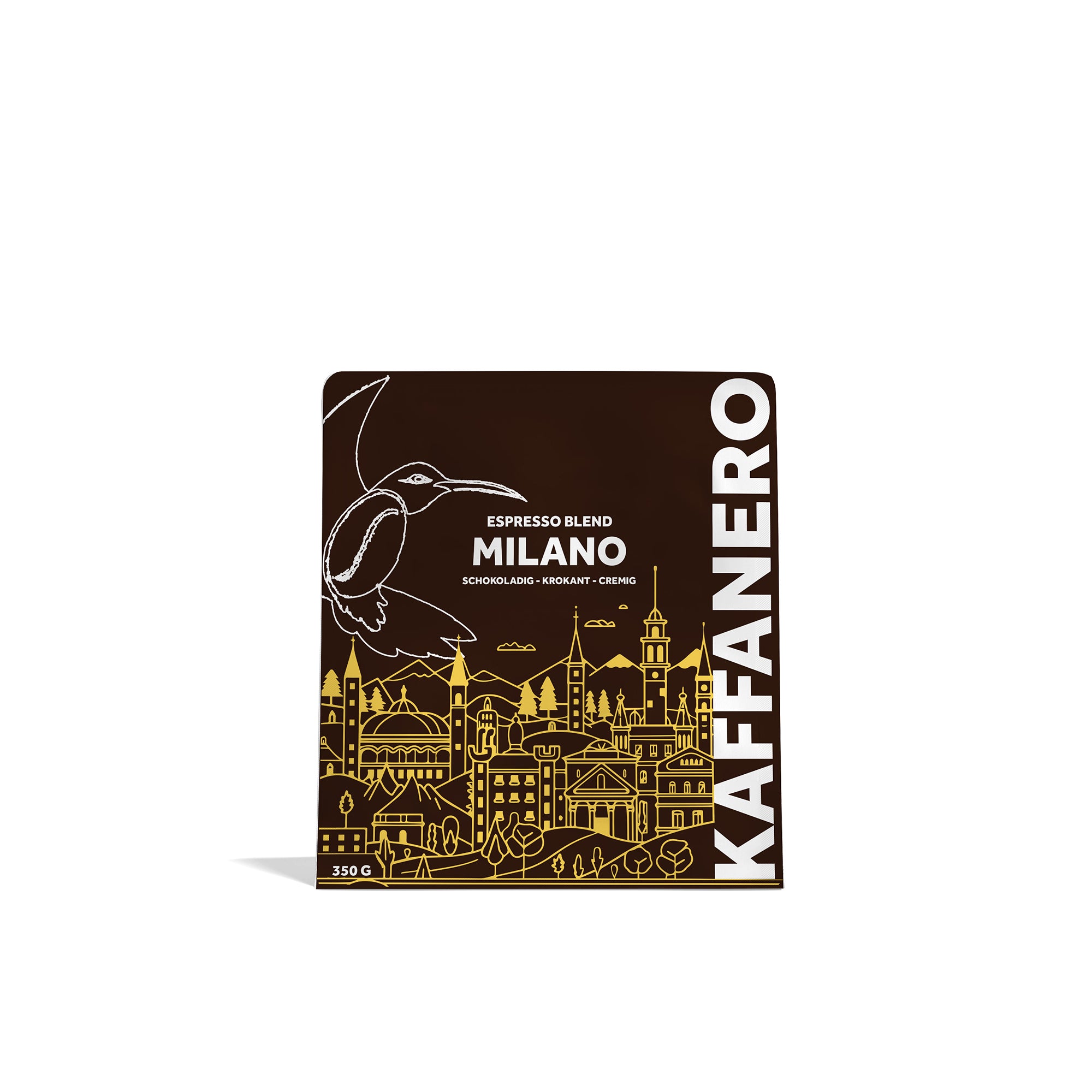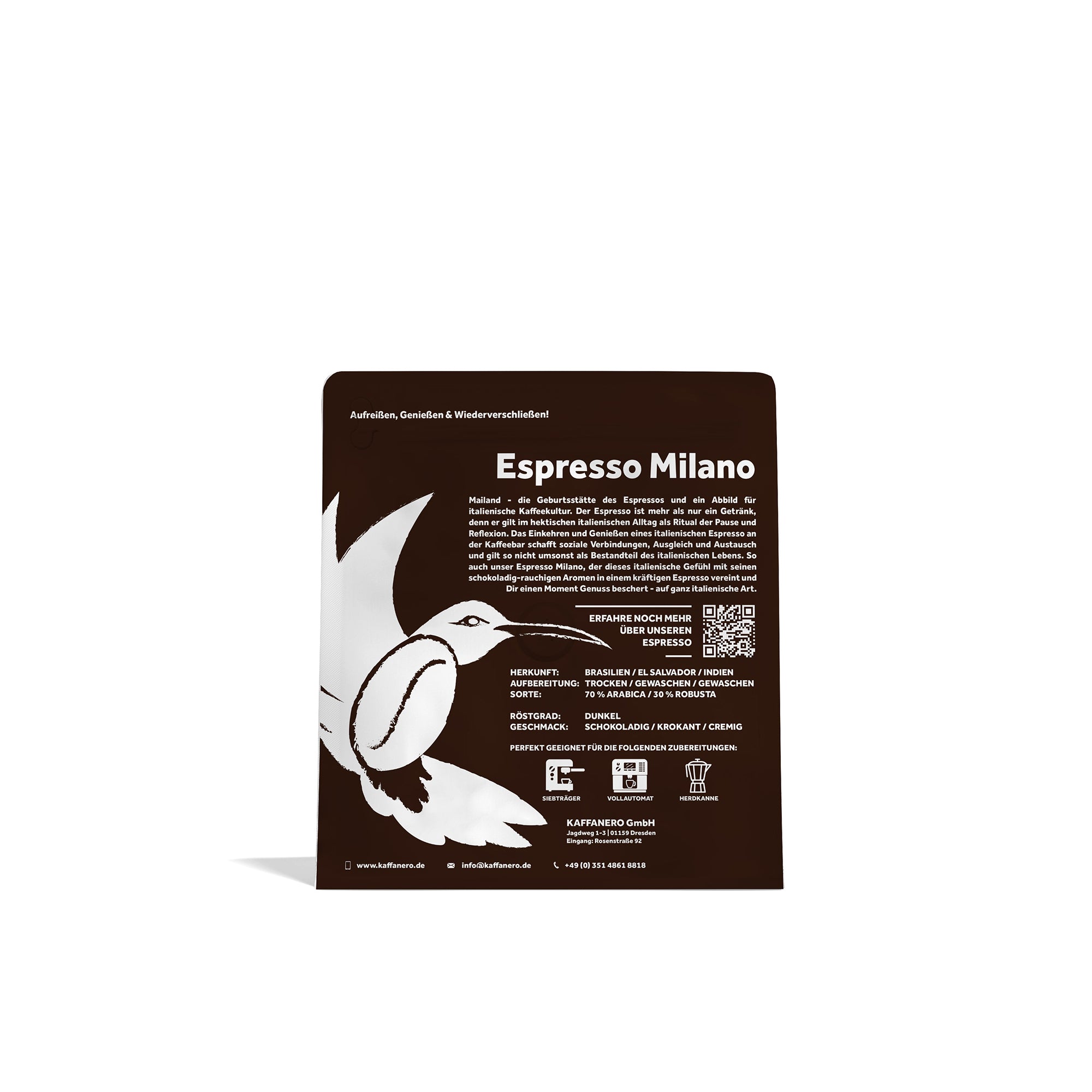Roasting is the last important step in refining the coffee beans. The term coffee roasting refers to the process in which coffee beans are exposed to high heat in order to release their aromatic substances. This is done by dry heating the green coffee under atmospheric pressure.
During the coffee roasting process, the up to 800 aromatic substances contained in a coffee bean are revitalized. Depending on the duration and intensity, the roasting later also influences the taste of the coffee.
There are basically two different criteria that influence roasting - the roasting temperature and the roasting time. The roasting process starts at around 100°C and ends at a temperature of around 220°C. In large roasting plants (industrial), the beans are usually roasted for just two minutes at around 500°C. In this context, this is also referred to as a "turbo roast". This creates a very bitter aroma. For this reason, we use a slow and gentle roasting process for our coffee beans. The beans are roasted for around 20 minutes at 200°C. This is called the traditional drum roasting process. This gentle roasting process produces a much milder and fuller-bodied coffee.
After the roasting process is complete, the coffee beans must be cooled down quickly to prevent uncontrolled further roasting. Industrial roasters sometimes cool the beans with water. This causes the coffee beans to gain weight, but they lose a lot of their flavor. Our fine highland beans are only air-cooled - immediately after roasting and very quickly. This means they cannot continue to cook after roasting and retain their typical aroma.

